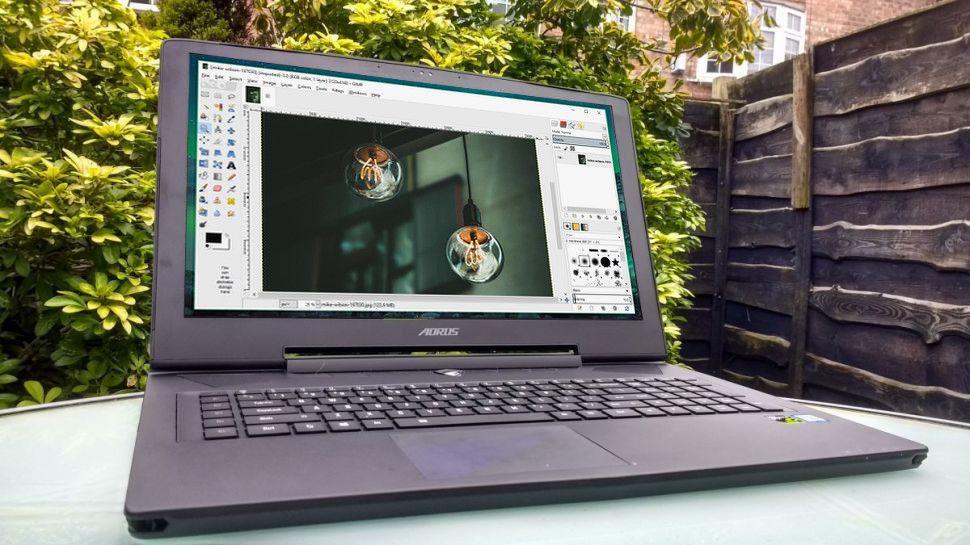- GIMP 3.0 renews the interface for high resolution screens
- Keeps projects backward compatible
- Extensive testing ensures bug-free GIMP 3.0
After two decades of anticipation, the latest version of the popular GIMP (GNU Image Manipulation Program) image editor will finally be released soon.
As a popular, free and open source Photoshop alternative, GIMP has been a trusted tool for users since its inception in 1995.
The transition from GIMP 2.x to 3.0 marks an important milestone in the software’s long history, bringing modernized features and improvements while maintaining the familiar experience that users have come to expect.
GIMP 3.0 released
The jump from GIMP 2.x to GIMP 3.0 has taken much longer than users initially expected, largely due to the complexity of maintaining an open source project with contributions from a large global community of developers.
GIMP has remained at version 2.x for over 20 years, with incremental updates introducing small but important improvements over time.
Starting with the release of GIMP 2.0 in 2004, later versions such as 2.4X (2007), 2.6X (2008), and 2.8X (2012) kept the software relevant in a changing digital landscape. The most recent 2.10X update, released in 2018, has been in use for the past six years.
GIMP 3.0 is now expected to be released in late December 2024 or early January 2025.
Despite the long wait, the release of GIMP 3.0 is expected to offer a number of modern features that will make the software easier to use and able to meet the needs of today’s graphic designers.
One of the most notable changes in GIMP 3.0 is the new user interface. While the layout remains familiar to veteran users, the layout has been softened and optimized for high-resolution displays. This is a critical improvement, as previous versions of GIMP often had scaling issues on larger modern screens. In GIMP 3.0, many icons have been converted to SVG (scalable vector graphics), ensuring they retain their quality regardless of screen resolution.
Another important point of the GIMP 3.0 update is compatibility. The GIMP development team has worked hard to ensure that projects created in previous versions of the software remain usable in the new version. This includes stabilization of the GIMP public API (application programming interface), which will make it easier to transfer plugins and scripts from GIMP 2.10 to GIMP 3.0.
As GIMP has grown over the years, users have come to rely on a wide range of third-party plugins, so this backwards compatibility will be essential for a smooth transition.
As with any major software update, GIMP 3.0 is undergoing extensive testing. The release candidate has been made available to the community for feedback, allowing users to report any bugs or issues they encounter.
According to the development team, the speed of the final release depends on the nature of the bugs found. Small, easily fixable bugs could lead to a quick final release, while larger issues could prompt a second release candidate for further testing.
Through Tom Hardware




